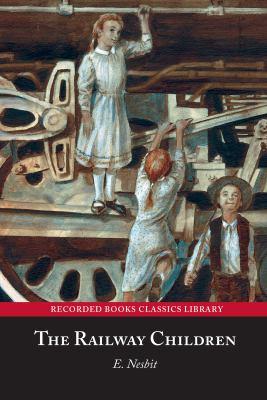
The railway children
Father has suddenly and mysteriously disappeared. Now Mother has moved Roberta, Peter, and Phyllis from London to an old English country house. Missing the hustle and bustle of the city, the children are ecstatic to find that their new home is near a railway station. Making friends with both the porter and the station master is great fun. So is waving to a kindly old gentleman who rides through on the 9:15 every morning. When mother gets sick, it is he to whom they turn for help. And later, when a fortunate twist of fate returns their father to them, they are surprised to find the old gentleman involved once again. Written by an unconventional woman whose friends included H.G. Wells and George Bernard Shaw, this classic has been popular since it was first published almost 100 years ago
Browse Related Items
| Subject |
| JUVENILE FICTION / Classics. Juvenile fiction. |
| Genre |
| Electronic books. |
- ISBN: 9781490611914 (electronic bk.)
-
Physical Description
electronic resource
remote
1 online resource. - Publisher Prince Frederick, Md. : Recorded Books, Inc., 2013.
Content descriptions
| Restrictions on Access Note: | Access restricted to subscribing institutions. |
| Target Audience Note: | 12 years and up |
| Additional Physical Form available Note: | Downloadable applications available for access via iOS 4.0+ devices (iPhone, iPad, iPod Touch) and Android 2.1+ devices. |
| Source of Description Note: | Title from resource description page (Recorded Books, viewed March 10, 2014). |
Additional Information



